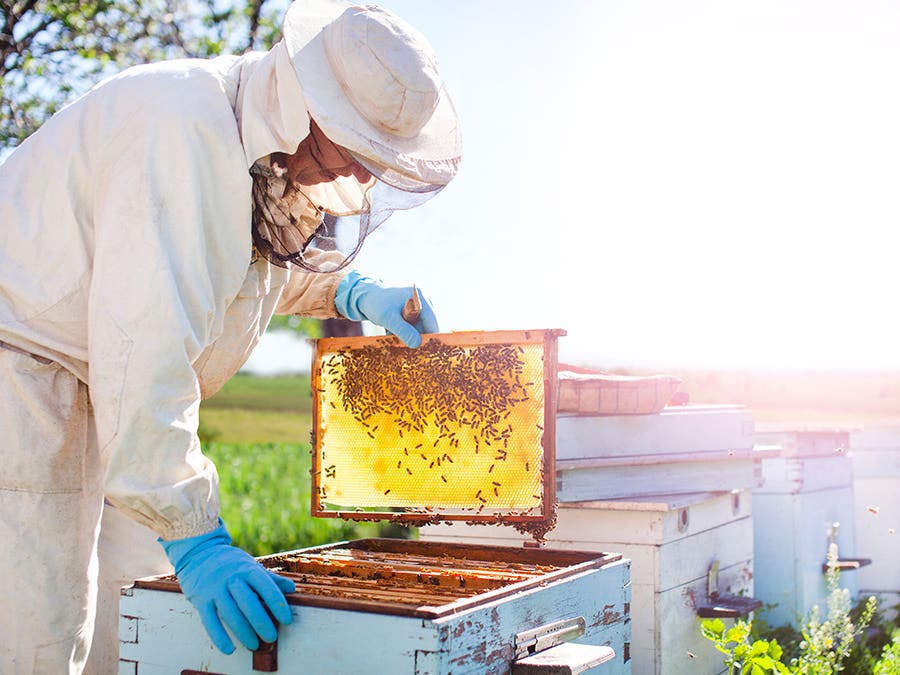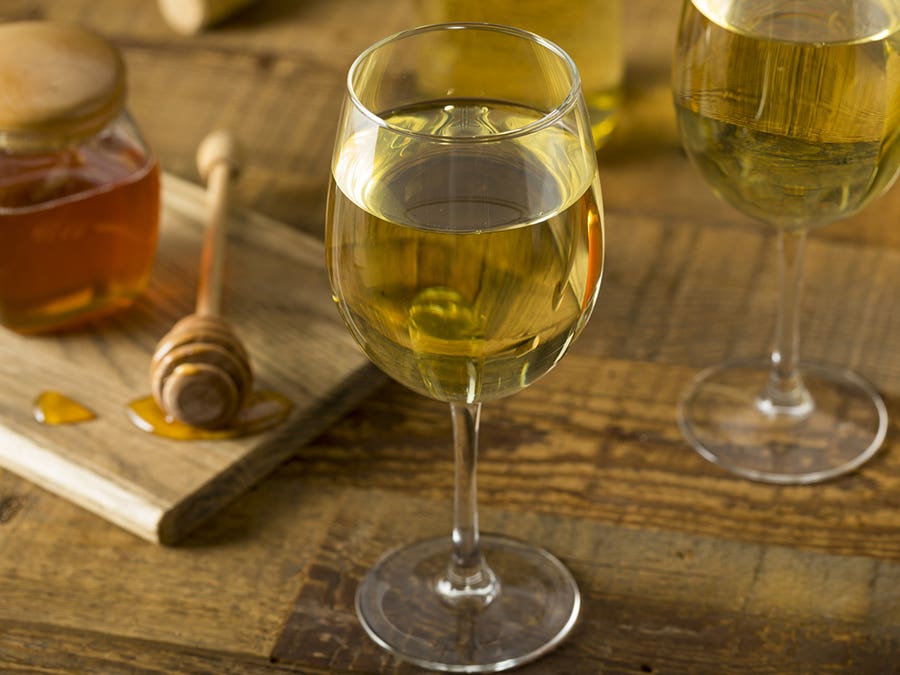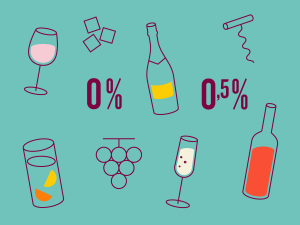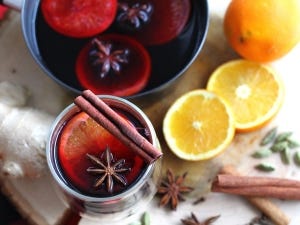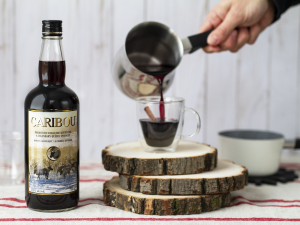Among the Greeks, this drink was called ambrosia – which means immortal – and it was the drink of the gods of Olympus. As for the Gauls, they considered it a drink that gives strength and cheerfulness. In fact, it was one of the ingredients of the famous magic potion in Asterix the Gaul.


Honeymoon!
Associated with many beliefs, honey wine had, according to some,
fortifying, tonic and aphrodisiac properties.
This explains why the northern European tradition had young spouses to drink honey
wine during the first moon following their union, hence the expression “honeymoon”.
Main steps in honey wine production
Depending on the desired type of honey wine, the different honeys used for the preparation will influence the colour, aromas and taste of the product. The role of the craftsman is to ensure that each of the production steps enhances the quality of the final product.
1. Honey harvest
Each honey variety is handled separately.
2. Blend
The craftsman blends different varieties of honey to which he adds a certain amount of water, which makes the honey more liquid for fermentation: this is how honey must be created. The quality of the water also plays a decisive role since it provides important compounds, including mineral salts. Since honey is a product with good acidity and a high sugar level, in some cases it is necessary to adjust the acidity.
3. Fermentation
Once the honey must attain the desired density, the addition of yeasts allows fermentation: the sugar in the honey must is transformed into alcohol and carbon dioxide. The fermentation temperature varies between 20°C and 30°C and the process can last between two and five weeks. Honey wine producers may add aromatic substances from vegetable products during fermentation (maximum of 20% of the total volume).
4. Treatment and filtration
This step varies from one producer to another. Some may filter the honey wine to stabilize it and make it clear and thus obtain a stable product in bottles.


Did you know?
Honey is very sweet, but not all the sugars in honey must can be converted into alcohol and carbon dioxide.
Some sugars cannot be directly converted. As a comparison, 22.5 g/L of honey yields 1% alcohol, while in wine, 17 g/L yields 1% alcohol.
Related Posts
-
Read more
Just like with a wine producer who blends different varietals, the beekeeper can choose from various types of honey to craft products with unique colour, aromas and flavours. Each honey variety has is own visual, olfactory and taste, which are influenced by the flowers foraged by the bees (apple tree, raspberry, blueberry bush).
 Access to SAQ Inspire personalized services and store inventories are unavailable at the moment.
Access to SAQ Inspire personalized services and store inventories are unavailable at the moment. Free in-store delivery with purchases of $75+ in an estimated 3 to 5 business days.
Free in-store delivery with purchases of $75+ in an estimated 3 to 5 business days. 
